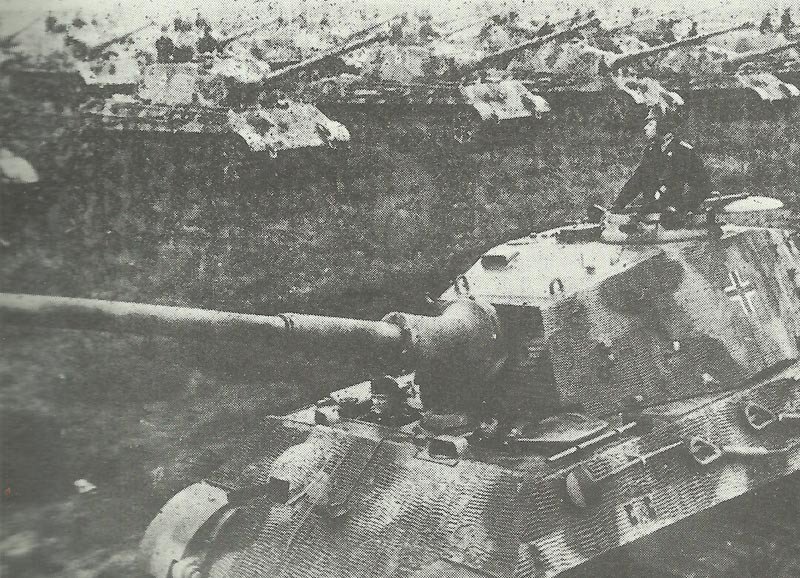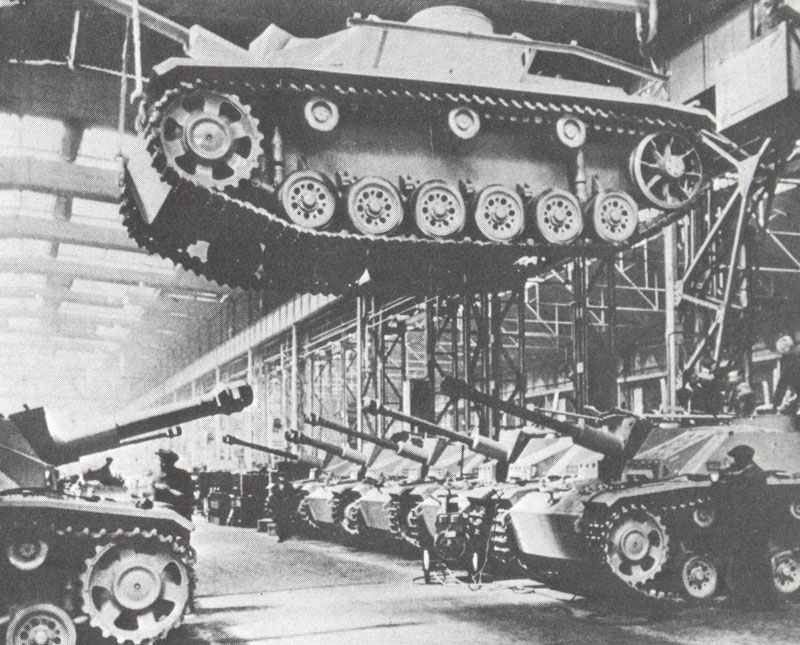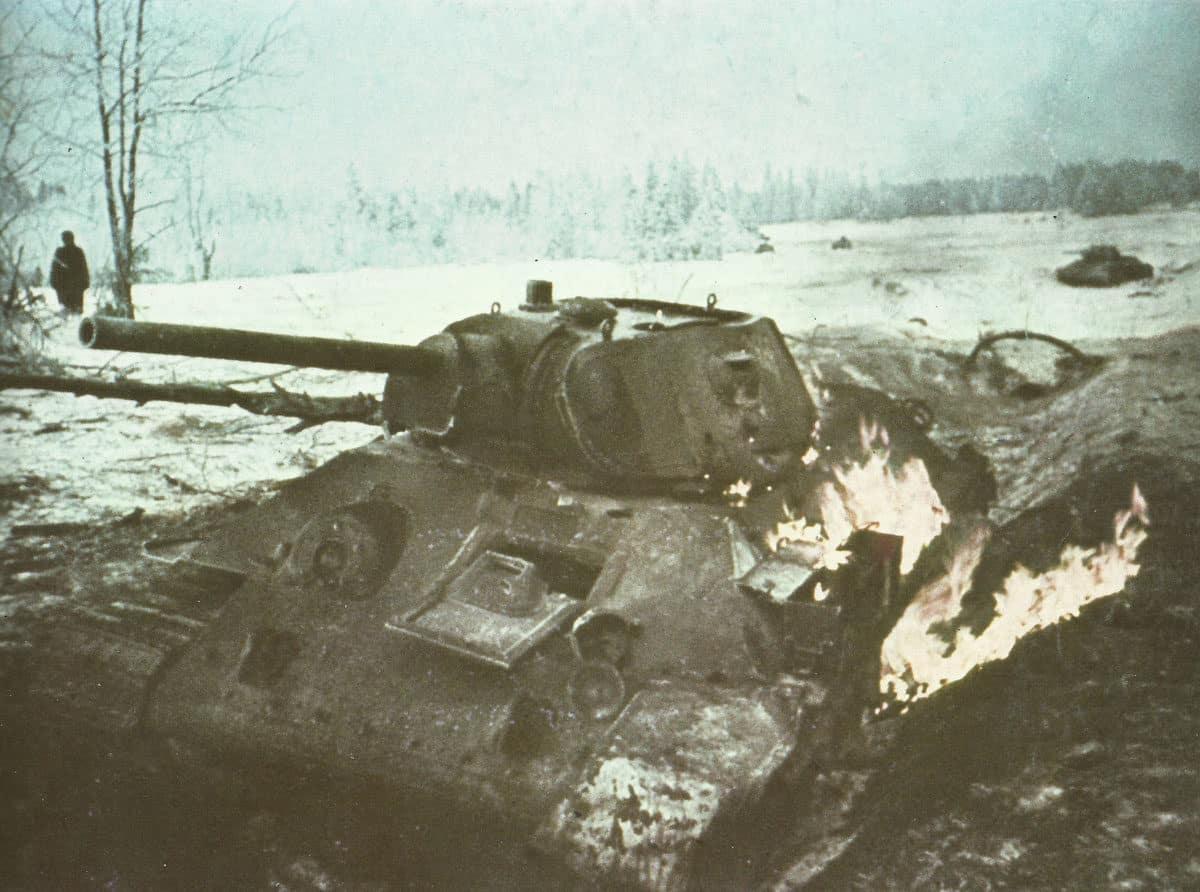Oberleutnant Otto Carius: Youngest Panzer Forces Oak Leaves Recipient’s Heroic Deeds.
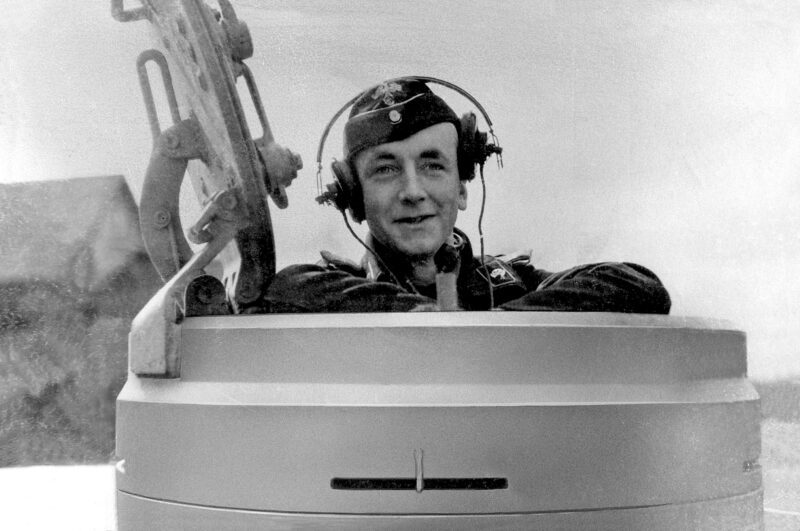
Oberleutnant Otto Carius: Youngest Panzer Forces Oak Leaves Recipient’s Heroic Deeds
Table of Contents
Oberleutnant Otto Carius distinguished himself as one of the most skilled tank commanders of the German Panzer forces during World War II.
Immersed in the crucible of the Eastern Front, Carius demonstrated extraordinary gallantry and tactical acumen. These achievements contributed to his reputation as a ‘Panzer Ace.’
His actions in the heat of battle led to a significant honor when he became the youngest recipient of the Oak Leaves to the Knight’s Cross, an accolade reserved for exemplary bravery and leadership on the battlefield.
Carius’s tenure on the Eastern and Western Fronts saw him engaging in some of the fiercest tank battles of the war.
His countenance under fire and ability to sway combat outcomes in the favor of the German troops were not only recognized by his superiors but also by those who chronicled the war’s history.
He is credited with the destruction of over 150 enemy tanks, a testament to his marksmanship and strategic prowess.
Despite varying claims about his tally of destroyed tanks in different sources, Carius’s skills were undeniable. He became a venerated figure within the ranks of German armored divisions.
After the conclusion of his military service, Otto Carius transitioned to a peaceful life. This saw him operating a pharmacy, an unexpected turn from his days of warfare.
His death on January 24, 2015, marked the end of the life of a notable figure who had left an indelible mark on the history of armored warfare.
His military career, laden with feats of bravery, positioned him as a significant subject of study for those with an interest in the battlefield tactics and personal stories of World War II.
Early Life and Entry into Military Service
Otto Carius distinguished himself as a formidable tank commander in the German Heer during World War II, earning high military honors and becoming the youngest recipient of the Oak Leaves to the Knight’s Cross to the Iron Cross.
Biography and Early Military Career
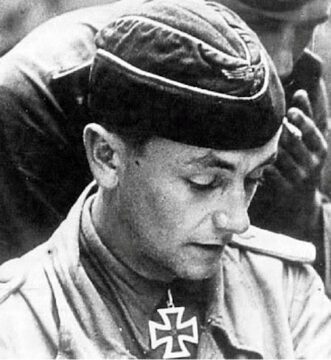
Born on May 27, 1922, Otto Carius was a German national who embarked on a military career that would see him become one of World War II’s most celebrated tank aces.
He joined the Heer, the land forces component of the Wehrmacht, where his early experiences would shape a remarkable military trajectory.
After initial training, Carius rapidly displayed an aptitude for armored warfare. His beginnings in the Heer laid the foundation for what would be an illustrious career, marked by tactical proficiency and battlefield leadership.
Initial Successes and Awards
His early tenure in the military quickly led to recognitions for valor.
Largely due to his extraordinary skills on the Eastern Front, he received the Iron Cross, a prestigious German military decoration, signaling his growing reputation within the armored forces of the Heer.
Carius’s prowess in commanding tanks was not just recognized by his superiors. It also translated into significant tactical successes on the battlefield.
These early victories played a pivotal role in his subsequent decoration with the Knight’s Cross of the Iron Cross, further solidifying his status as a highly esteemed member of the German Panzer forces.
Combat Achievements and Recognition
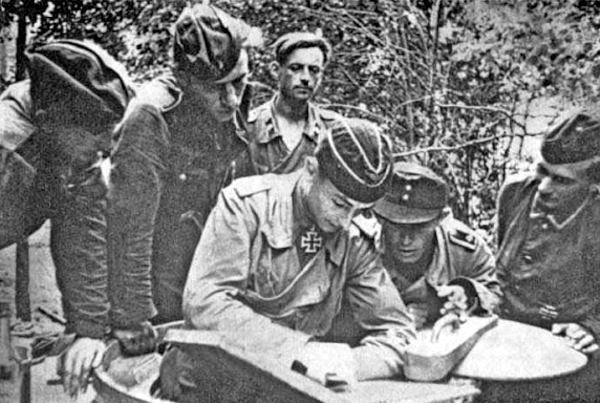
Oberleutnant Otto Carius distinguished himself as an elite Panzer commander, whose combat prowess on the Eastern Front led to prestigious military honors including the Knight’s Cross with Oak Leaves.
Eastern Front Engagements
During fierce confrontations on the Eastern Front, Carius’s tactical acumen allowed him to execute maneuvers resulting in the destruction of a significant number of Enemy Tanks.
His role in battles such as Malinava near Dünaburg, where he destroyed 17 Soviet heavy tanks with two Tiger tanks and thus played a decisive role, cemented his status as a tank ace.
On this unforgiving battlefield, Carius honed his command skills, contributing to his crew’s impressive tank kill tally which, by conservative estimates, which, according to conservative estimates, is likely to be between 100 and 150 enemy tanks.
In December 1943, Carius’ tank succeeded in shooting down the only known aircraft with a tank gun.
Earning the Knight’s Cross and Oak Leaves
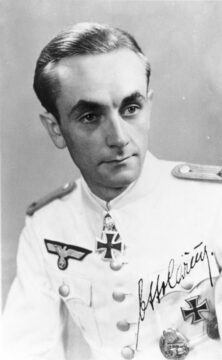
For his extraordinary bravery and leadership, Carius was awarded the Knight’s Cross of the Iron Cross with Oak Leaves, one of the highest levels of recognition in the German military during World War II.
The Oak Leaves were added to his Knight’s Cross as a testament to his exceptional service and achievements on the Eastern Front, making him one of the youngest recipients of this accolade.
His tactical brilliance and consistent success in tank engagements not only earned him his country’s veneration but also a permanent place in military history.
The Role in Panzer Forces and Tank Warfare
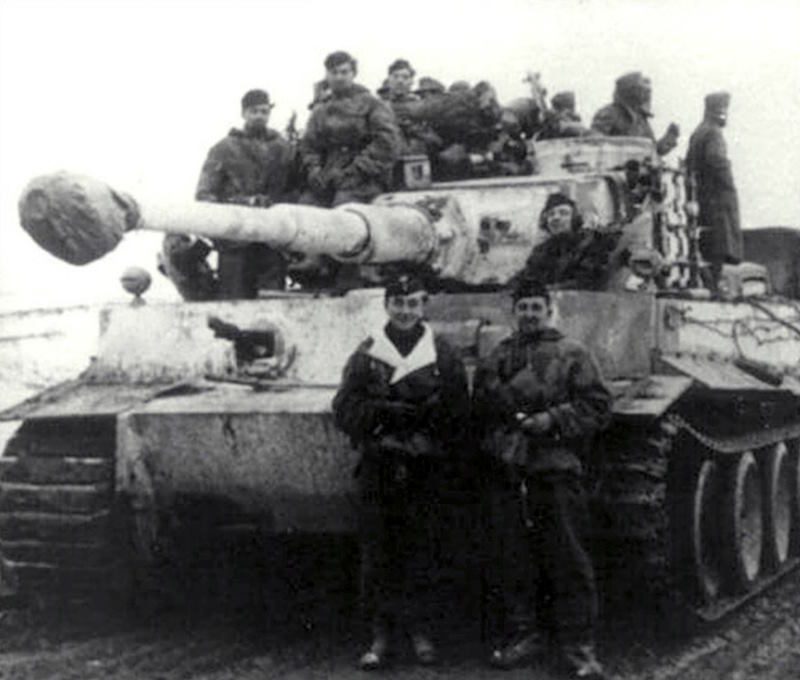
Oberleutnant Otto Carius exhibited remarkable skill and leadership within the German Panzer Forces, commanding Tiger Tanks and later leading the Schwere Panzer-Abteilung 502 as a Jagdtiger company leader during World War II.
His tactical acumen in tank warfare significantly contributed to his reputation as one of the most adept tank commanders of the era.
Tank Command and the Tiger Tank
Otto Carius began as a tank commander, steering the formidable Tiger Tank through intense front line engagements.
Under his command, these tanks were instrumental on the Eastern Front and marked a turning point in armored warfare.
The Tiger Tank, with its superior firepower and armor, designed to dominate the battlefield, became synonymous with Carius’s tactical prowess and success in combating enemy armor.
- Key Specifications of Tiger I:
- Main armament: 88mm KwK 36 gun
- Armor: Up to 120 mm
- Speed: 38 km/h (road), 20 km/h (off-road)
Carius utilized the Tiger’s capabilities to great effect, conducting operations that not only halted enemy advances but also inflicted substantial losses on opposing tank units.
His expertise in maneuvering the heavyweight fighter through harsh environments improved the operational effectiveness of his unit.
Jagdtiger Company Leader
As a company leader, Carius transitioned to commanding the Jagdtiger, the heaviest tank destroyer of its time utilized by the Schwere Panzer-Abteilung 502.
The Jagdtiger presented new tactical elements due to its massive 128 mm gun and formidable armored protection, solidifying the strategic significance of tank destroyers in defensive operations.
- Distinctive Characteristics of Jagdtiger:
- Armament: 128mm PaK 44 L/55 gun
- Frontal Armor: Up to 250 mm
- Combat Weight: Approximately 72 tonnes
Carius honed the Jagdtiger unit’s efficiency in defensive strategies, engaging allied armor at long ranges and securing key positions.
His leadership during these operations reflected the strategic shift in German armored warfare towards a more defensive stance, one which respected the need for both powerful offensive capabilities and sound defensive tactics in tank warfare.
In April 1945, his unit was trapped in the Ruhr pocket. On April 15, all combat operations were ordered to cease and the units were disbanded. Just one day before the end of the war, Carius was captured by US troops near Iserlohn. However, he was released as a prisoner of war on May 21, 1945.
Post-War Life and Legacy
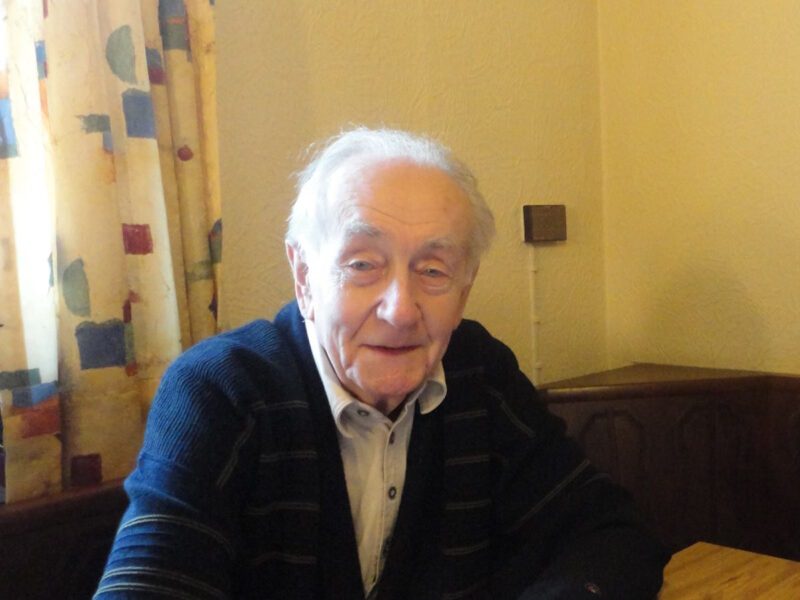
After World War II, Otto Carius transitioned from being a decorated tank commander to a successful pharmacist and author, making significant contributions in both the literary and civil sectors of post-war Germany.
Authorship of ‘Tigers in the Mud’
In 1956, Otto Carius published his autobiography, ‘Tigers in the Mud’ [Ad], reflecting on his wartime experiences.
This book details tactical engagements and gives insight into the life of a tank officer during the conflict.
It has been noted for its detailed descriptions and has become a valuable historical document for those interested in World War II armored warfare.
Tiger Apotheke and Civilian Career
After the war, Carius was wounded but he recovered and established the “Tiger Apotheke,” a pharmacy in Herschweiler-Pettersheim, Germany.
His civilian career as a pharmacist was marked by the same dedication he showed as a soldier.
The Tiger Apotheke became a cornerstone of the local community and served as a tribute to his past as a tank commander, with a military-themed décor.
Frequently Asked Questions
In this section, we address some of the most common inquiries regarding Otto Carius, his distinguished service as a tank commander during World War II, and his contributions to armored warfare.
What were the accomplishments of Otto Carius during World War II?
Otto Carius was a highly skilled German tank commander in the Wehrmacht who is credited with destroying more than 150 enemy tanks in the Eastern and Western Fronts.
His accomplishments included exceptional leadership and tactical prowess in tank engagements.
How did Otto Carius distinguish himself as a Panzer commander?
He distinguished himself through his tactical acumen and effectiveness in tank battles, particularly while commanding a Tiger tank.
Carius’s bold maneuvers and strategies resulted in significant victories against enemy armors, earning him a reputation as an elite Panzer commander.
What is the significance of the Tiger 213 in relation to Otto Carius?
Tiger 213 was the tank commanded by Otto Carius during several successful missions on the Eastern Front. It became a symbol of his valor and skill, often associated with his notable combat achievements.
For what reasons was Otto Carius awarded the Oak Leaves?
Otto Carius was awarded the Oak Leaves to the Knight’s Cross of the Iron Cross in recognition of his gallantry in combat and exceptional leadership as a tank commander. This distinguished him as one of the youngest recipients of the award in the German Panzer Forces.
What is the historical impact of Otto Carius on tank warfare tactics?
His innovative tactics and successful engagements influenced tank warfare by demonstrating the effectiveness of well-executed armor strategies. Otto Carius’s approach to armored combat played a role in the development of subsequent tank warfare tactics.
How did Otto Carius’s military career progress after receiving the Oak Leaves?
After being awarded the Oak Leaves, Otto Carius was severely wounded in July 1944 and from February 1945 was used as a company commander with the heavy tank destroyer division 512 (Jagdtiger) in the west.
His career progression remained consistent with his role as a tank commander, maintaining a high level of leadership and effectiveness in his duties.
References and literature
Panzer Aces III – German Tank Commanders in Combat in WWII (Franz Kurowski; Stackpole Military History Series)






